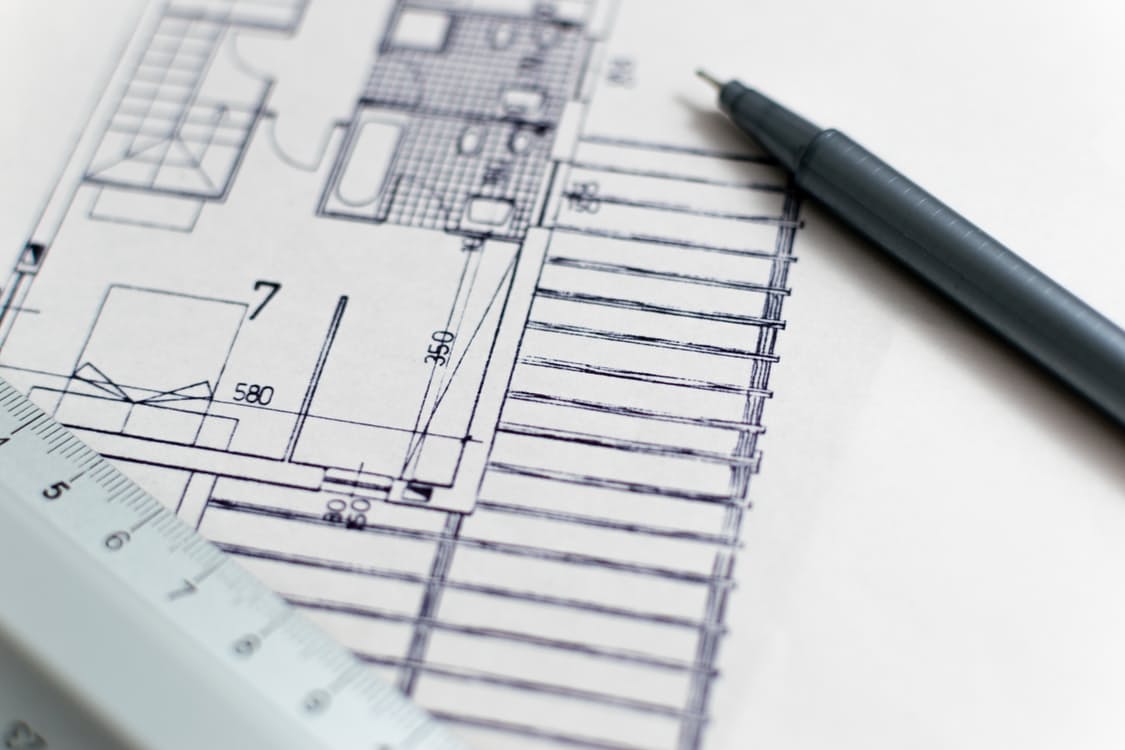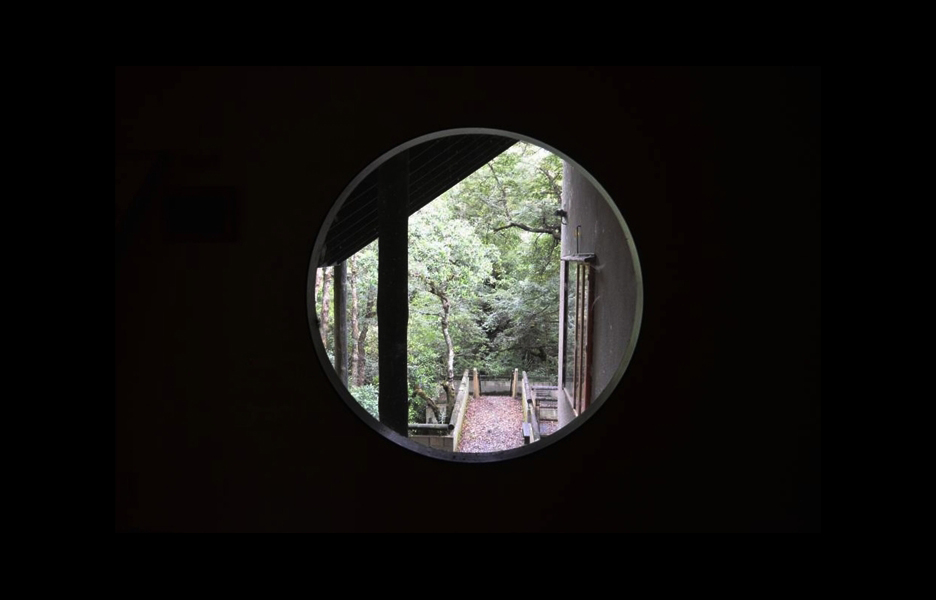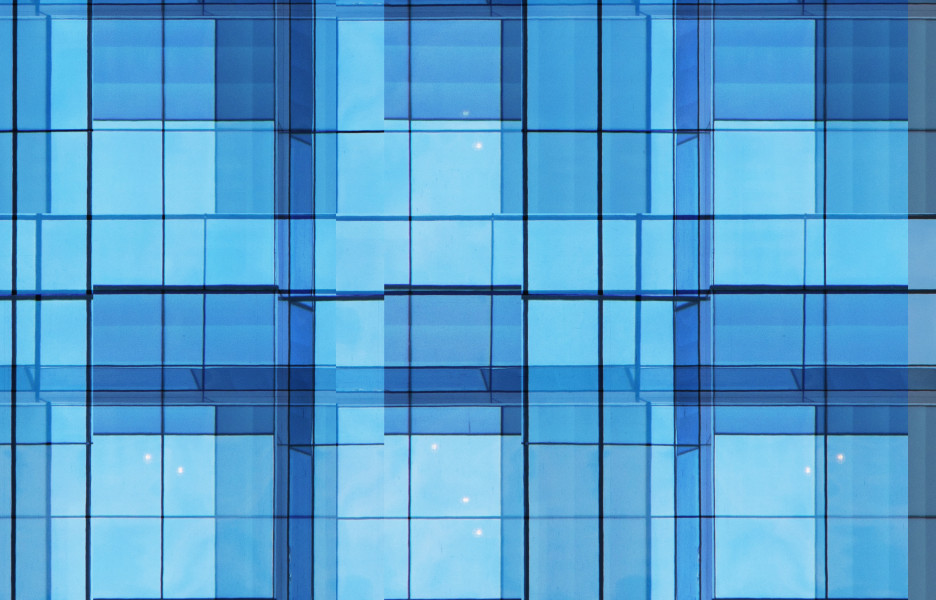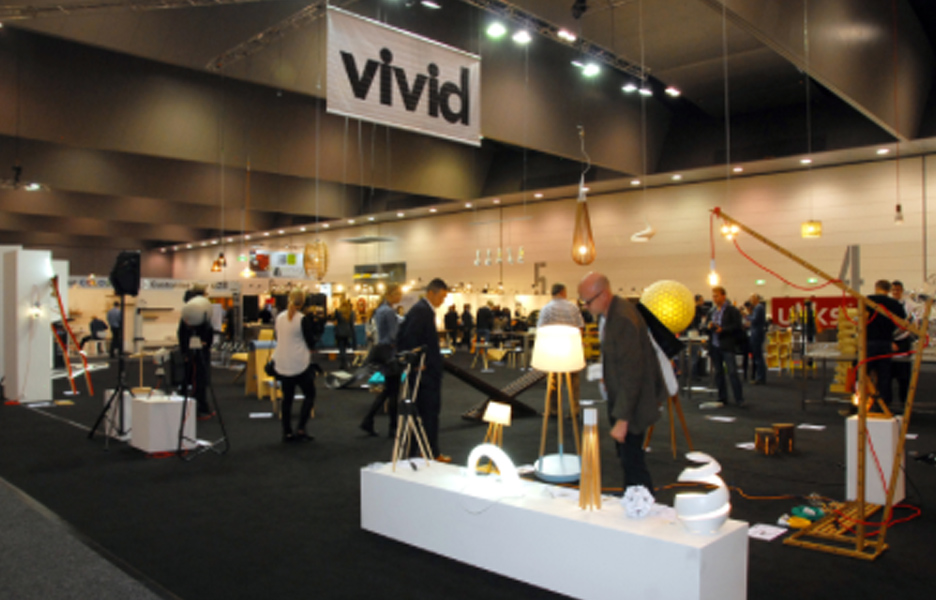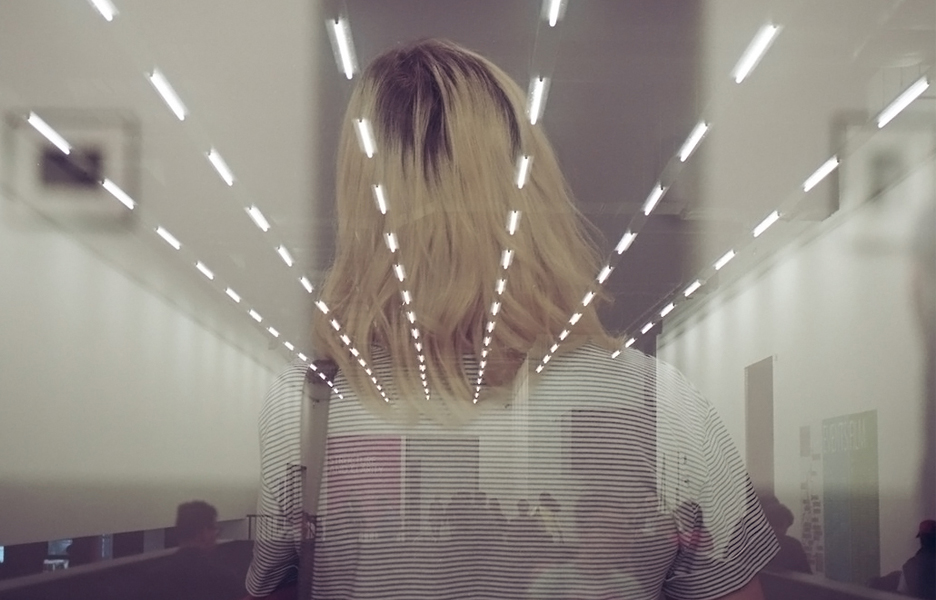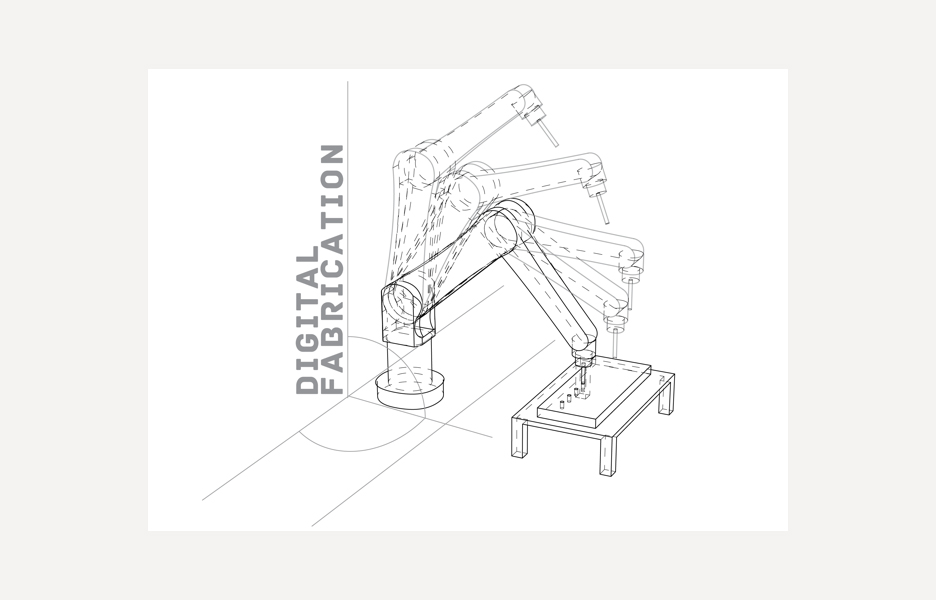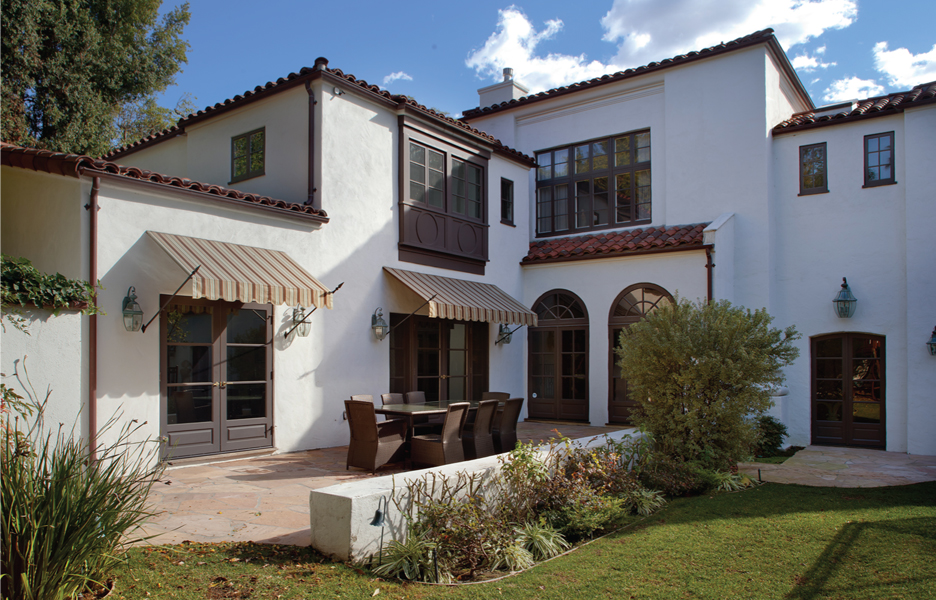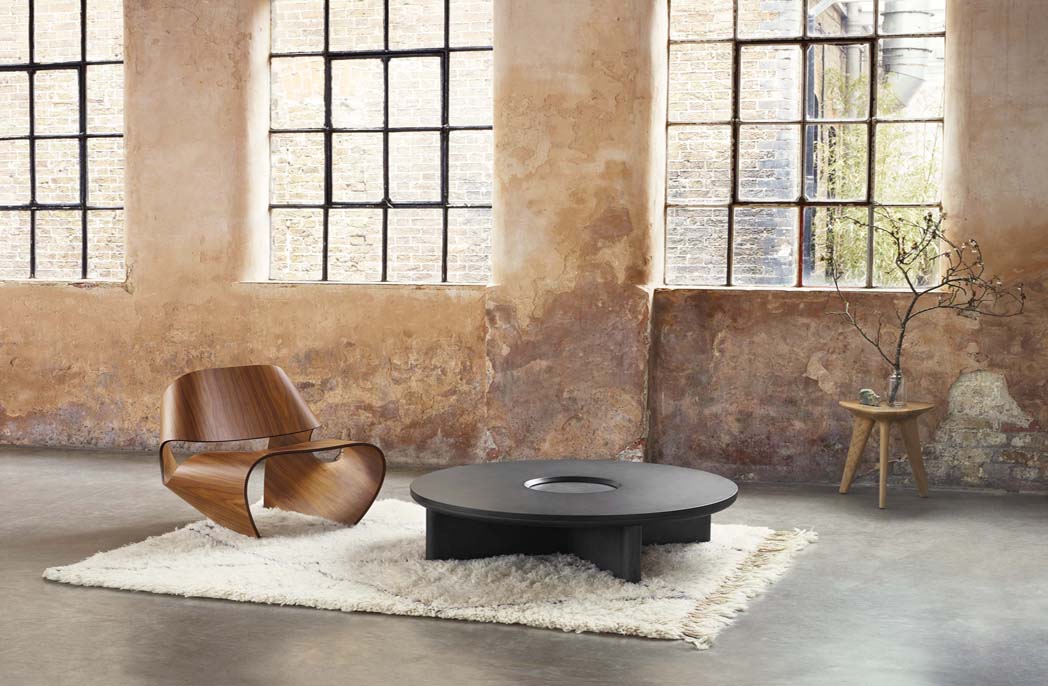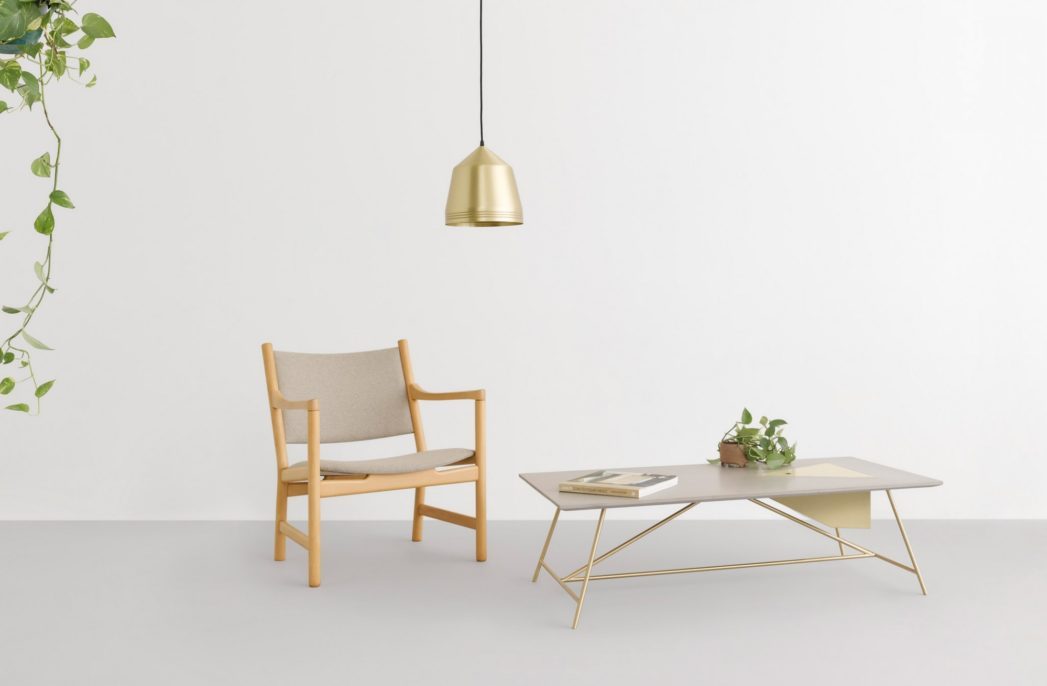
Protected: “Everywhere you build in Australia, you’re building on Indigenous land” says designer Jack Mitchell
Protected: “Everywhere you build in Australia, you’re building on Indigenous land” says designer Jack Mitchell
Share
Previous Article
ADR’s top 10 profiles of architects and designers for 2019
Next Article
Immersive experiences with shared VR
You Might also Like

Riverlee breaks ground at Seafarers Rest
April 16, 2024

Choosing the right cladding for coastal projects
April 16, 2024

Graham Charbonneau to judge IDEA 2024
April 3, 2024

Architecture and interior design appointments in March 2024
March 28, 2024

